债权债务诉讼英文怎么说?
Title: Debt and Credit Litigation: An Overview
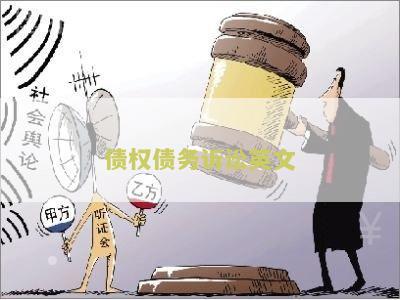
Introduction:
Debt and credit litigation refers to the legal process of resolving disputes related to debts and obligations between a creditor and a debtor. These litigations can arise in various scenarios, such as non-payment of loans, breach of contract, default on credit card debt, or foreclosure proceedings. In this article, we will explore the key aspects of debt and credit litigation, including the process, common types of cases, and potential resolution options.
I. Debt and Credit Litigation Process:
1. Filing a Lawsuit:
Debt and credit litigation typically begins when the creditor files a lawsuit against the debtor. The creditor, often represented by an attorney, files a complaint that outlines the nature of the debt, unpaid amounts, and any alleged breach of contract or default on credit terms. The debtor is then served with a copy of the complaint and has a chance to respond.
2. Discovery:
During the discovery phase, both parties exchange information, evidence, and relevant documents supporting their claims. This process allows each side to gather facts and build their case. Depositions, requests for documents, and interrogatories are common discovery methods employed.
3. Settlement Negotiation:
Many debt and credit litigation cases are resolved through settlement negotiations, either before or during the litigation process. In this stage, both parties, along with their attorneys, may engage in negotiations to reach a mutually acceptable resolution. Settlement agreements may involve repayment plans, modified loan terms, or lump sum settlements.
4. Trial and Judgment:
If a settlement cannot be reached, the case proceeds to trial. At trial, both parties present their arguments, evidence, and witness testimony. The judge or jury then delivers a judgment based on their interpretation of the law and the facts presented. The judgment may uphold the creditor's claim, dismiss the case, or award damages or remedies to either party.
II. Common Types of Debt and Credit Litigation Cases:
1. Collection Actions:
Collection actions involve creditors seeking to recover unpaid debts from individuals or businesses. These cases often involve credit card debts, medical bills, personal loans, or unpaid utility bills. Creditors may hire collection agencies or pursue legal action to recover the outstanding amount.
2. Foreclosure Proceedings:
In cases of mortgage default, lenders may initiate foreclosure proceedings to seize and sell the property to recover the outstanding debt. Foreclosure litigation involves complex legal procedures and may provide homeowners with an opportunity to challenge the lender's actions.
3. Breach of Contract:
Debt and credit litigation can also arise from the breach of contractual obligations. This may include failure to repay a loan as agreed, non-payment for goods or services, or violation of credit terms. Both parties can file lawsuits to enforce the terms of the contract or seek damages for the breach.
III. Resolution Options:
1. Mediation:
Mediation is a form of alternative dispute resolution where a neutral third party helps facilitate negotiations between the creditor and the debtor. The mediator assists in finding common ground and reaching a mutually agreeable solution. Mediation can often be a quicker and less costly alternative to litigation.
2. Debt Restructuring:
Debt restructuring involves renegotiating the terms of the debt, often with the help of a mediator or a debt consolidation agency. This may involve reducing interest rates, extending the repayment period, or forgiving a portion of the debt. Restructuring allows debtors to manage their obligations more effectively and avoid litigation.
3. Bankruptcy:
When debt becomes overwhelming and other resolution options fail, individuals or businesses may consider filing for bankruptcy. Bankruptcy provides a legal process for debtors to obtain relief from their debts and potentially discharge or reorganize their financial obligations. Bankruptcy proceedings can halt litigation efforts and offer a fresh start for debtors.
Conclusion:
Debt and credit litigation plays a significant role in resolving disputes related to debt and financial obligations. In many cases, these disputes can be resolved through negotiation, settlement, or alternative dispute resolution methods. Understanding the litigation process, common types of cases, and potential resolution options is essential for both creditors and debtors involved in debt-related disputes.
精彩评论
◎欢迎参与讨论,请在这里发表您的看法、交流您的观点。
 朱小北
朱小北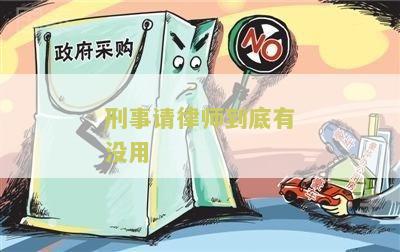

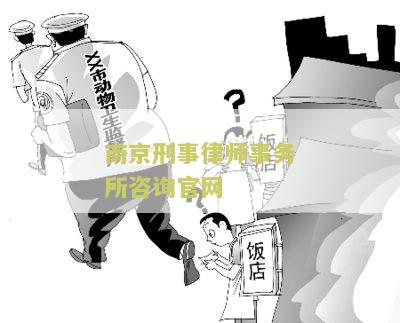

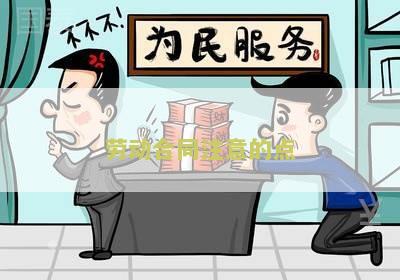
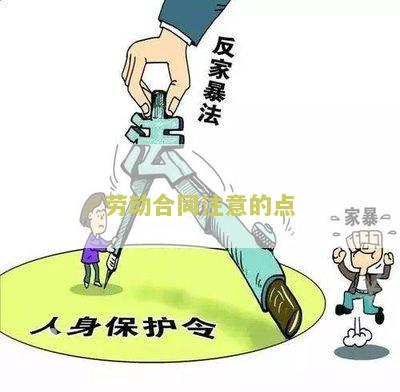
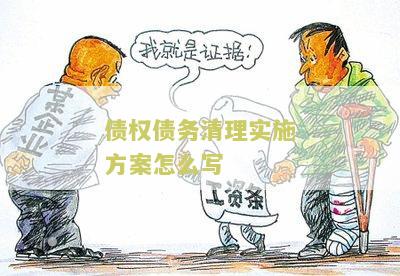
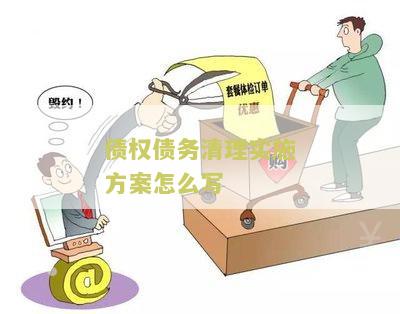
最新评论